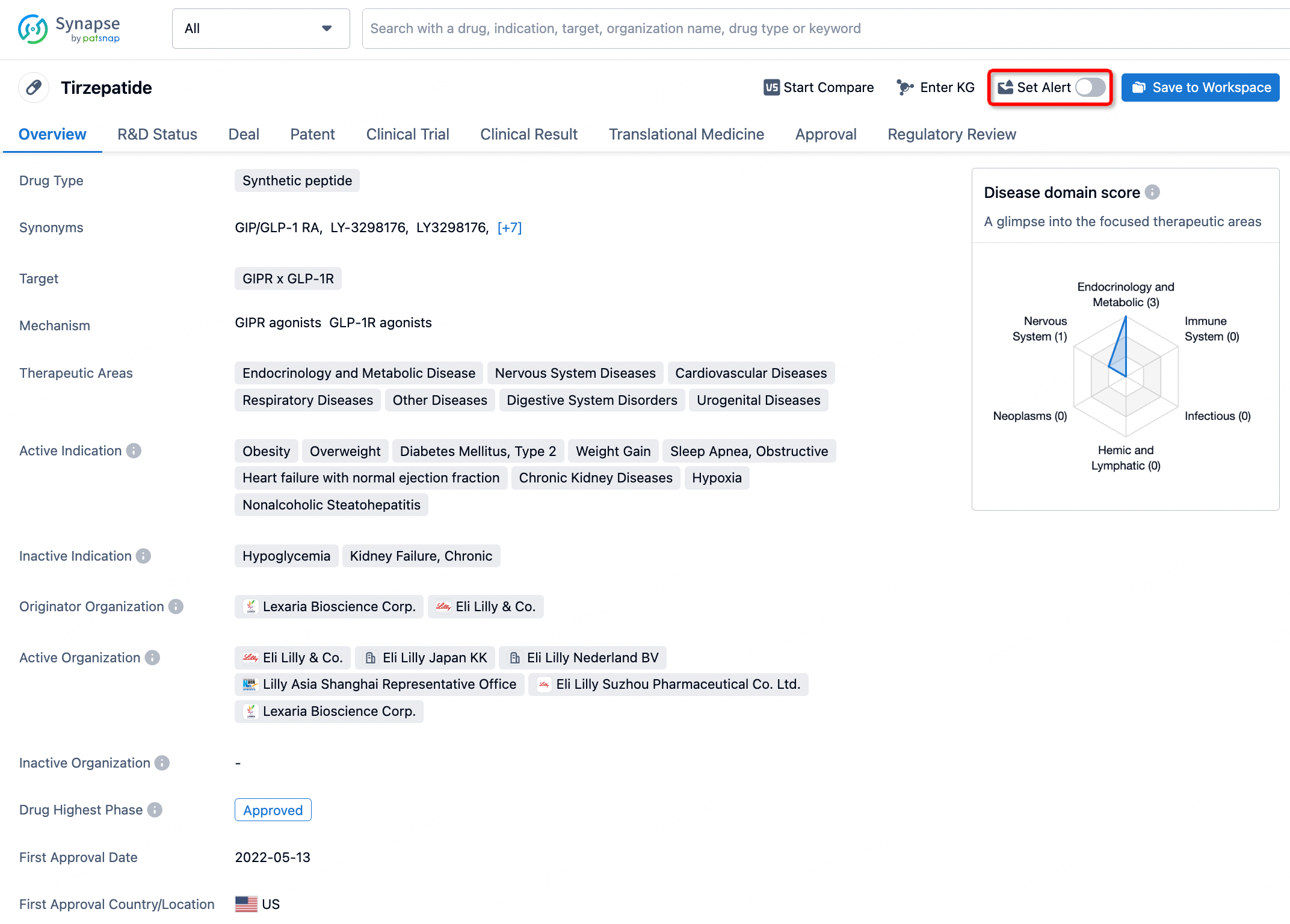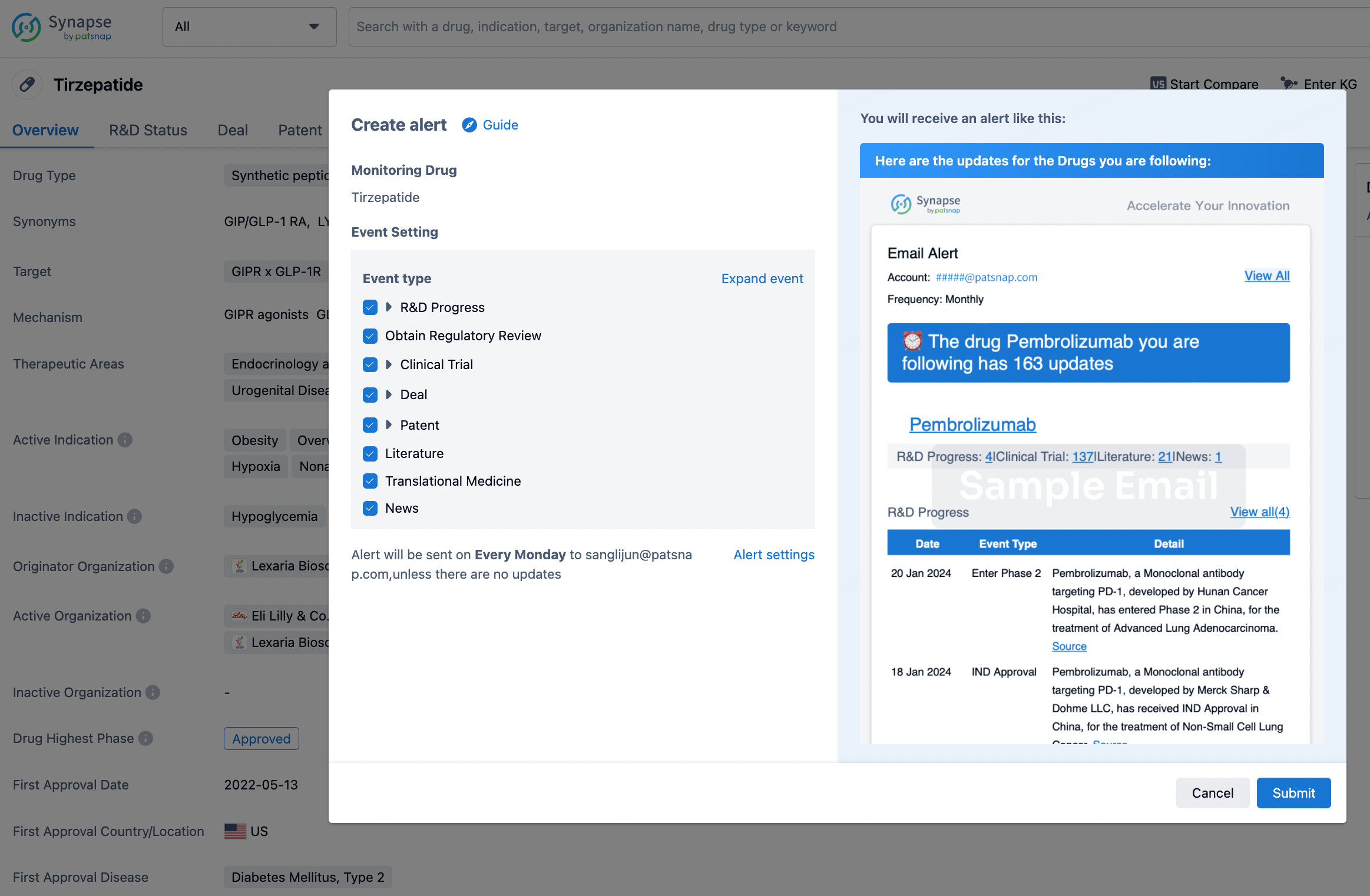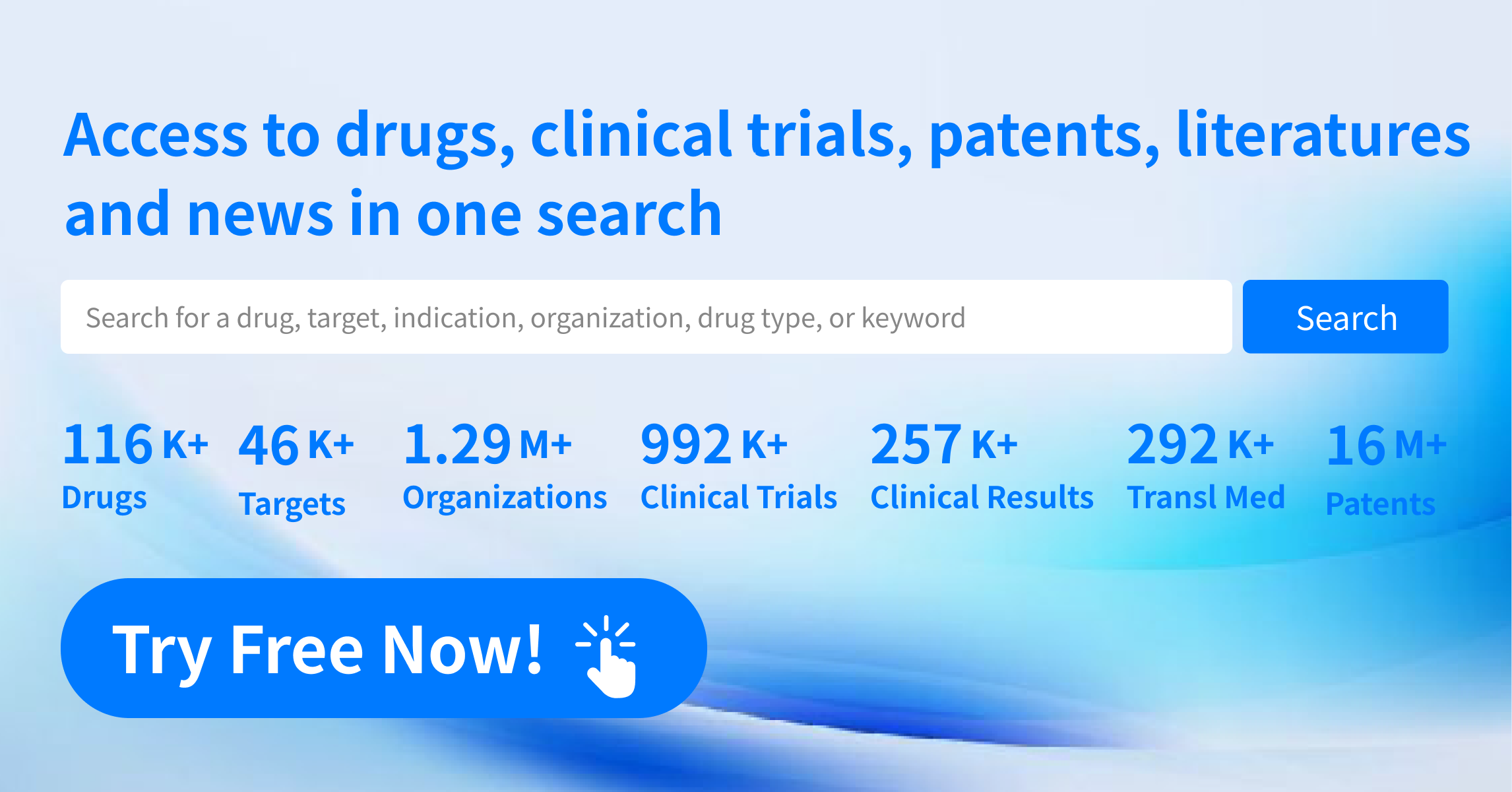Request Demo
What is Beperminogene perplasmid used for?
14 June 2024
Beperminogene perplasmid is a cutting-edge biopharmaceutical that has been making waves in the medical research community. Also known by its trade name Collategene, this drug is a gene therapy agent that targets the FGF-2 gene, a key player in angiogenesis, the process by which new blood vessels form. Developed by AnGes, Inc., a Japanese biopharmaceutical company, Beperminogene perplasmid is designed to treat critical limb ischemia (CLI) and other conditions characterized by poor blood flow. CLI is a severe obstruction of the arteries which significantly reduces blood flow to the extremities and can lead to ulcers, gangrene, and ultimately amputation if untreated. Research on Beperminogene perplasmid has shown promising results, with clinical trials indicating its potential to improve blood flow and support the healing of affected tissues.
Beperminogene perplasmid is classified as a plasmid DNA (pDNA) drug, which means it contains a segment of DNA that can be introduced into cells to produce a therapeutic protein. The drug's primary mechanism involves the delivery of a gene encoding fibroblast growth factor-2 (FGF-2), a protein that promotes angiogenesis. This innovative approach allows the body to produce its own FGF-2, thus enhancing natural healing processes and improving blood circulation. With several clinical trials underway and ongoing research to further understand its efficacy and safety, Beperminogene perplasmid holds significant promise for patients suffering from vascular diseases.
The mechanism of action of Beperminogene perplasmid is particularly fascinating. By injecting the pDNA directly into the affected tissues, the cells in that area take up the plasmid and begin to produce FGF-2. Fibroblast growth factor-2 is a potent angiogenic factor that stimulates the proliferation and migration of endothelial cells, which are critical for the formation of new blood vessels. Once the plasmid is inside the cells, it serves as a template for the production of FGF-2 mRNA, which is then translated into the FGF-2 protein. The newly produced FGF-2 protein is secreted by the cells and acts on nearby endothelial cells to initiate the process of angiogenesis. This results in the formation of new capillaries and collateral blood vessels, which can bypass the blocked or narrowed arteries, thereby improving blood flow to the ischemic tissue.
The administration of Beperminogene perplasmid is relatively straightforward yet requires precision to ensure efficacy. The drug is delivered via direct intramuscular injection into the ischemic limb, typically in multiple sites to maximize distribution and uptake by the cells. This localized delivery method ensures that the therapeutic gene reaches the areas that need it most. The onset of action of Beperminogene perplasmid is not immediate, as it takes time for the cells to produce and secrete sufficient amounts of FGF-2 to stimulate angiogenesis. Patients may begin to notice improvements in symptoms such as pain reduction and increased walking distance within a few weeks to a few months after treatment. The duration of the therapeutic effect can vary, but the goal is to achieve long-lasting benefits that reduce the need for surgical interventions and improve overall quality of life.
As with any medication, Beperminogene perplasmid comes with potential side effects and contraindications. Common side effects observed in clinical trials include injection site reactions such as redness, swelling, and pain. These reactions are generally mild and resolve on their own. Some patients may experience systemic side effects such as fever, chills, or flu-like symptoms, which are typically transient. More serious adverse effects are rare but can include allergic reactions or immune responses to the plasmid DNA. Contraindications for Beperminogene perplasmid include patients with known hypersensitivity to any of the components of the drug, individuals with active infections at the injection site, and those with severe uncontrolled diabetes or other conditions that could impair wound healing.
It's also important to consider potential drug interactions when using Beperminogene perplasmid. While comprehensive studies on drug interactions with Beperminogene perplasmid are still ongoing, it is known that concurrent use of immunosuppressive drugs could potentially affect the efficacy of the gene therapy. Immunosuppressive drugs could dampen the body's response to the plasmid DNA, reducing the production of FGF-2 and thus diminishing the therapeutic effect. Additionally, anticoagulants and antiplatelet agents, which are commonly used in patients with vascular diseases, should be monitored closely as they could increase the risk of bleeding at the injection sites. Patients should always inform their healthcare providers about all medications and supplements they are taking to avoid potential interactions and optimize treatment outcomes.
In conclusion, Beperminogene perplasmid represents a significant advancement in the field of gene therapy and offers new hope for patients suffering from critical limb ischemia and other vascular diseases. By harnessing the body's own mechanisms to promote angiogenesis, this innovative drug has the potential to improve blood flow, reduce pain, and enhance tissue healing. While the journey from research to clinical use involves rigorous testing and monitoring, the promising results from ongoing studies suggest that Beperminogene perplasmid could become a vital tool in the management of ischemic conditions. As research continues, the medical community remains hopeful that this novel therapy will pave the way for more effective and less invasive treatments for patients worldwide.
Beperminogene perplasmid is classified as a plasmid DNA (pDNA) drug, which means it contains a segment of DNA that can be introduced into cells to produce a therapeutic protein. The drug's primary mechanism involves the delivery of a gene encoding fibroblast growth factor-2 (FGF-2), a protein that promotes angiogenesis. This innovative approach allows the body to produce its own FGF-2, thus enhancing natural healing processes and improving blood circulation. With several clinical trials underway and ongoing research to further understand its efficacy and safety, Beperminogene perplasmid holds significant promise for patients suffering from vascular diseases.
The mechanism of action of Beperminogene perplasmid is particularly fascinating. By injecting the pDNA directly into the affected tissues, the cells in that area take up the plasmid and begin to produce FGF-2. Fibroblast growth factor-2 is a potent angiogenic factor that stimulates the proliferation and migration of endothelial cells, which are critical for the formation of new blood vessels. Once the plasmid is inside the cells, it serves as a template for the production of FGF-2 mRNA, which is then translated into the FGF-2 protein. The newly produced FGF-2 protein is secreted by the cells and acts on nearby endothelial cells to initiate the process of angiogenesis. This results in the formation of new capillaries and collateral blood vessels, which can bypass the blocked or narrowed arteries, thereby improving blood flow to the ischemic tissue.
The administration of Beperminogene perplasmid is relatively straightforward yet requires precision to ensure efficacy. The drug is delivered via direct intramuscular injection into the ischemic limb, typically in multiple sites to maximize distribution and uptake by the cells. This localized delivery method ensures that the therapeutic gene reaches the areas that need it most. The onset of action of Beperminogene perplasmid is not immediate, as it takes time for the cells to produce and secrete sufficient amounts of FGF-2 to stimulate angiogenesis. Patients may begin to notice improvements in symptoms such as pain reduction and increased walking distance within a few weeks to a few months after treatment. The duration of the therapeutic effect can vary, but the goal is to achieve long-lasting benefits that reduce the need for surgical interventions and improve overall quality of life.
As with any medication, Beperminogene perplasmid comes with potential side effects and contraindications. Common side effects observed in clinical trials include injection site reactions such as redness, swelling, and pain. These reactions are generally mild and resolve on their own. Some patients may experience systemic side effects such as fever, chills, or flu-like symptoms, which are typically transient. More serious adverse effects are rare but can include allergic reactions or immune responses to the plasmid DNA. Contraindications for Beperminogene perplasmid include patients with known hypersensitivity to any of the components of the drug, individuals with active infections at the injection site, and those with severe uncontrolled diabetes or other conditions that could impair wound healing.
It's also important to consider potential drug interactions when using Beperminogene perplasmid. While comprehensive studies on drug interactions with Beperminogene perplasmid are still ongoing, it is known that concurrent use of immunosuppressive drugs could potentially affect the efficacy of the gene therapy. Immunosuppressive drugs could dampen the body's response to the plasmid DNA, reducing the production of FGF-2 and thus diminishing the therapeutic effect. Additionally, anticoagulants and antiplatelet agents, which are commonly used in patients with vascular diseases, should be monitored closely as they could increase the risk of bleeding at the injection sites. Patients should always inform their healthcare providers about all medications and supplements they are taking to avoid potential interactions and optimize treatment outcomes.
In conclusion, Beperminogene perplasmid represents a significant advancement in the field of gene therapy and offers new hope for patients suffering from critical limb ischemia and other vascular diseases. By harnessing the body's own mechanisms to promote angiogenesis, this innovative drug has the potential to improve blood flow, reduce pain, and enhance tissue healing. While the journey from research to clinical use involves rigorous testing and monitoring, the promising results from ongoing studies suggest that Beperminogene perplasmid could become a vital tool in the management of ischemic conditions. As research continues, the medical community remains hopeful that this novel therapy will pave the way for more effective and less invasive treatments for patients worldwide.
How to obtain the latest development progress of all drugs?
In the Synapse database, you can stay updated on the latest research and development advances of all drugs. This service is accessible anytime and anywhere, with updates available daily or weekly. Use the "Set Alert" function to stay informed. Click on the image below to embark on a brand new journey of drug discovery!
AI Agents Built for Biopharma Breakthroughs
Accelerate discovery. Empower decisions. Transform outcomes.
Get started for free today!
Accelerate Strategic R&D decision making with Synapse, PatSnap’s AI-powered Connected Innovation Intelligence Platform Built for Life Sciences Professionals.
Start your data trial now!
Synapse data is also accessible to external entities via APIs or data packages. Empower better decisions with the latest in pharmaceutical intelligence.


